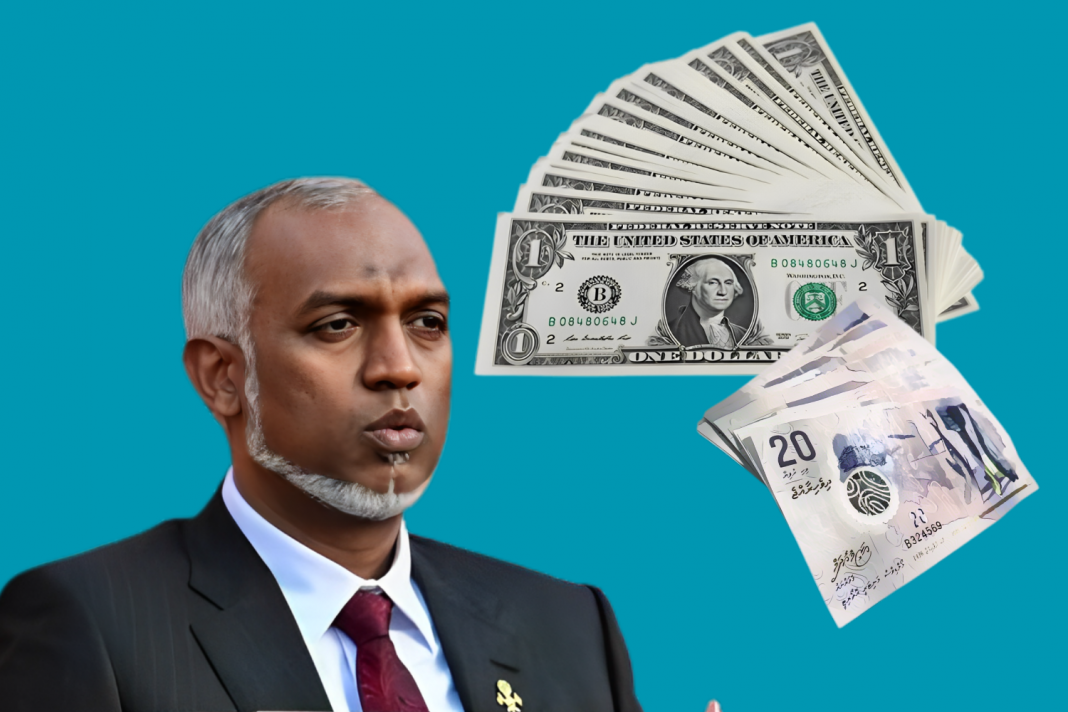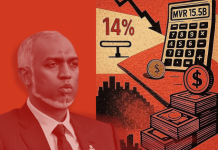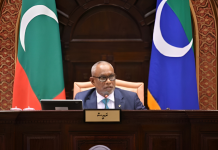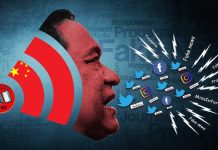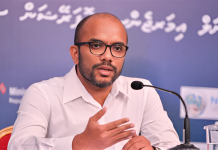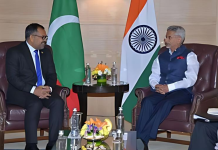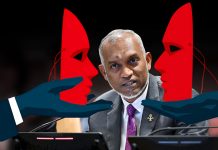The Maldives is in a tough economic spot as the black market rate for the US dollar (USD) has hit a record high of MVR 20.50, higher than the MVR 20 seen during the COVID-19 pandemic. Local businessmen report this sharp rise, showing a serious shortage of dollars that hurts the country’s economy, which depends heavily on imports. The government’s rules on foreign currency exchange have made things worse, and prices for basics like food and fuel are climbing.
President Dr. Mohamed Muizzu earlier said the dollar rate would drop, but the problem is growing, and people are worried. The Maldivian Rufiyaa (MVR) is fixed at MVR 15.42 per USD officially, but on the black market, it’s MVR 20.50. The Maldives relies on tourism, which brings in most of its dollars and makes up over a quarter of the economy. During COVID-19, when tourism stopped, black market rates hit MVR 18–20. After tourism picked up, rates settled at MVR 17.30–18.15, but now they’re back up and could reach MVR 21.34 soon.
.
.
This makes imported goods costlier, hitting small businesses and families hard.The government’s new rules, set by the Maldives Monetary Authority (MMA), require tourism businesses to put their dollar earnings in local banks and exchange at least USD 500 per tourist into MVR.
These rules aimed to increase dollar reserves, but they haven’t stopped the black market, where dollars cost more. The country’s reserves are low at USD 73 million in 2024, not enough for a month’s imports. The Bank of Maldives (BML) has limited dollar transactions and cut credit card limits to USD 100, pushing more people to the black market. President Muizzu said earlier this year that the black market rate would fall to MVR 15.42 by 2027. He noted that USD 150 million has been added to banks since January 2025.
But many doubt this, with some on X saying, “Muizzu’s promises and dollar rates keep rising.” The country’s debt, over 110% of its economy in 2023, and upcoming payments of USD 557 million in 2025 and USD 1 billion in 2026, make things tougher. Steps like cutting officials’ salaries show the government knows there’s a problem, but results are missing.The dollar shortage hurts small businesses and people the most. Importers can’t get dollars easily, so prices for essentials are up. Construction projects are stuck, and unpaid bills are piling up.
Tourism is growing, but policies like the “India Out” campaign have reduced Indian visitors. A USD 50 million loan from India in 2024 helped avoid a debt default, but the dollar problem remains. To fix this, some suggest letting the exchange rate float to match market rates, though low reserves make this risky. Diversifying the economy, being more open about policies, and fixing state-owned businesses could help.

